“This is the first time ever that Abbey Road has created a musical instrument that you can physically pick up and play”: Gretsch teams up with Abbey Road for the Studiomatic – a hollowbody with a filter circuit inspired by tech from the studio
The limited edition Abbey Road RS201 Studiomatic redefines the studio guitar and has an onboard version of Abbey Road's ‘Rumble Filter’ from the 1950s integrated into its wiring

Gretsch and Abbey Road Studios have co-developed an electric guitar together that is designed for the recording musician. It’s a limited edition model, accessibly priced, and it has an onboard filter circuit that’s inspired by vintage post-war tech from the studio itself.
The Abbey Road RS201 Studiomatic is the first time that a piece of hardware designed by the studio has been made commercially available in a musical instrument that the general public can buy in a music store.
As the intro video notes, “It is the first time the people at Abbey Road have actually co-designed a musical instrument you can pick up and play”.
In so many respects, that makes the RS201 all kinds of radical, and yet, it looks and sounds like a quintessential Gretsch guitar, with all the classic aesthetic touches; the hardware, the sealed die-cast locking tuners, the G-Arrow knobs and Bigsby B60 vibrato are all all in gold to complement that rich lacquered Walnut Stain finish…
There’s a gold plaque on the bound headstock, and if you zoom in on the picture you’ll see that it is engraved with the name of the model.
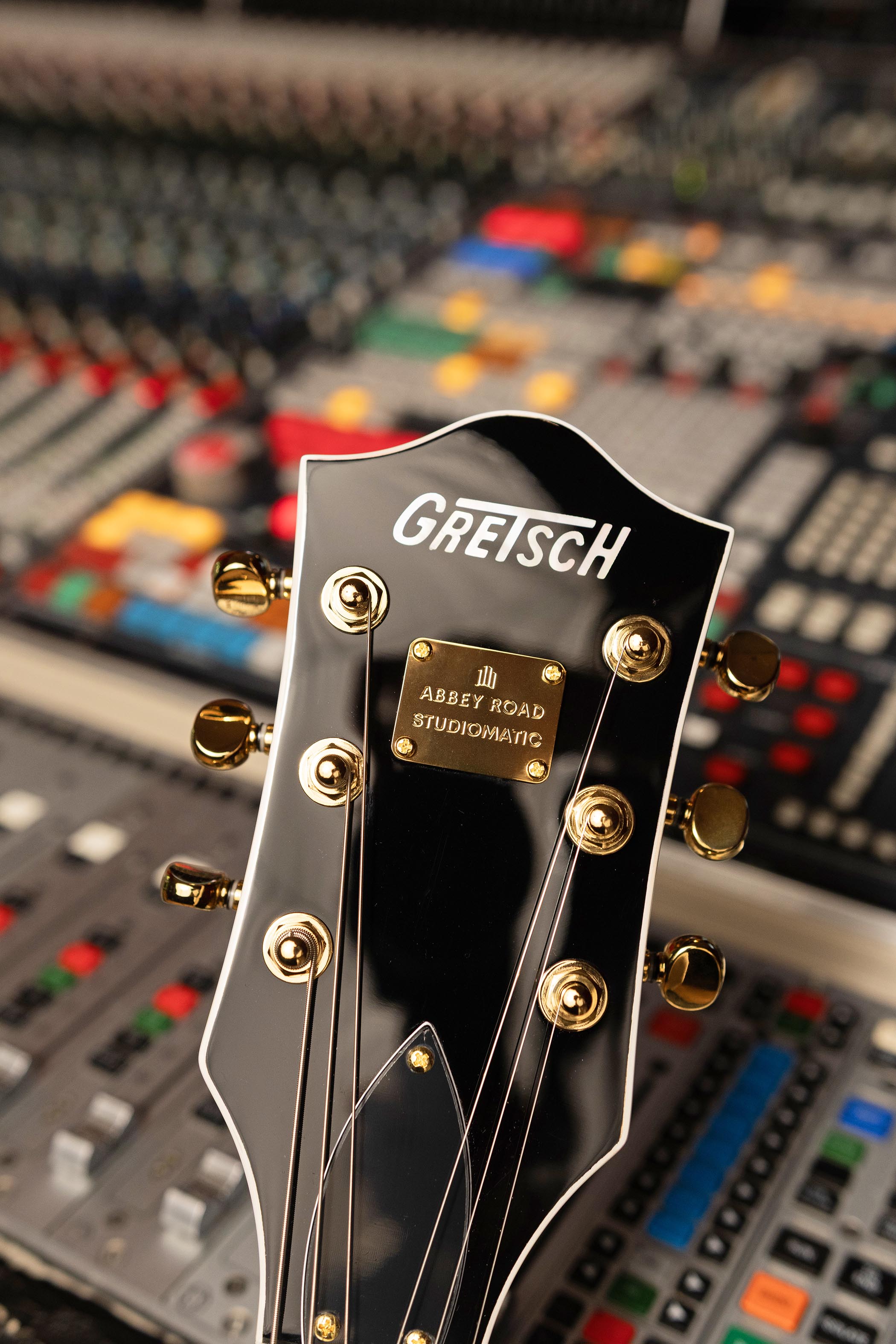
There’s no question, the RS201 is a thing of beauty, and the custom hard-shell guitar case it shapes in isn’t too bad either. But the difference lies in its circuitry.
That’s where the Abbey Road team went to town, reimagining how the wiring loom that serves the custom-wound ‘high-fidelity’ Filter’Tron pickups could function.
Want all the hottest music and gear news, reviews, deals, features and more, direct to your inbox? Sign up here.
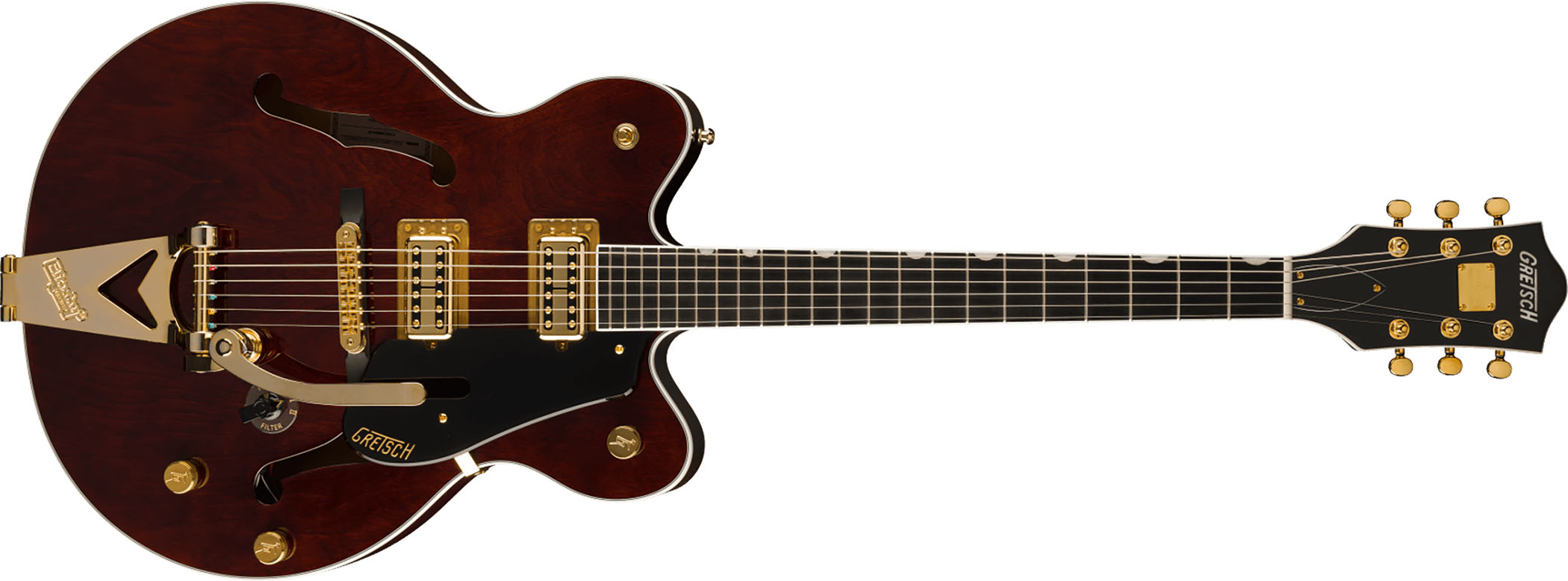
For that, they took inspiration from the 1950s, the so-called RS 97 Rumble Filter, and with this exported from the studio’s hardware and into the guitar itself, it allows guitarists to roll-off the low-end with the touch of a dial, giving them a recording ready tone, free of mud.
This thinline hollowbody is designed to sit well in a mix. It’s for those occasions where you take your guitar from the home or practice space and into the studio and find that it’s getting lost in those lower mids.
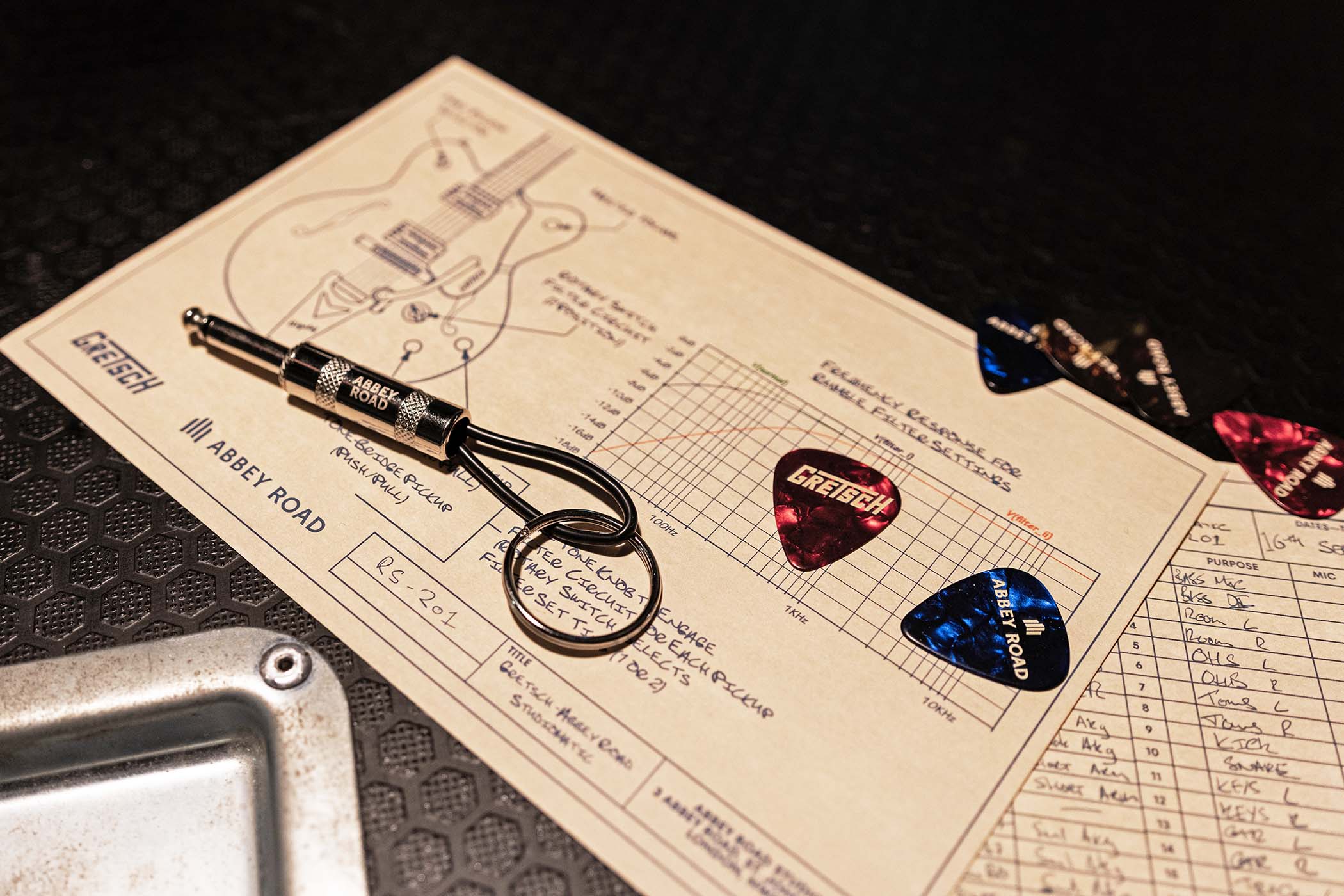
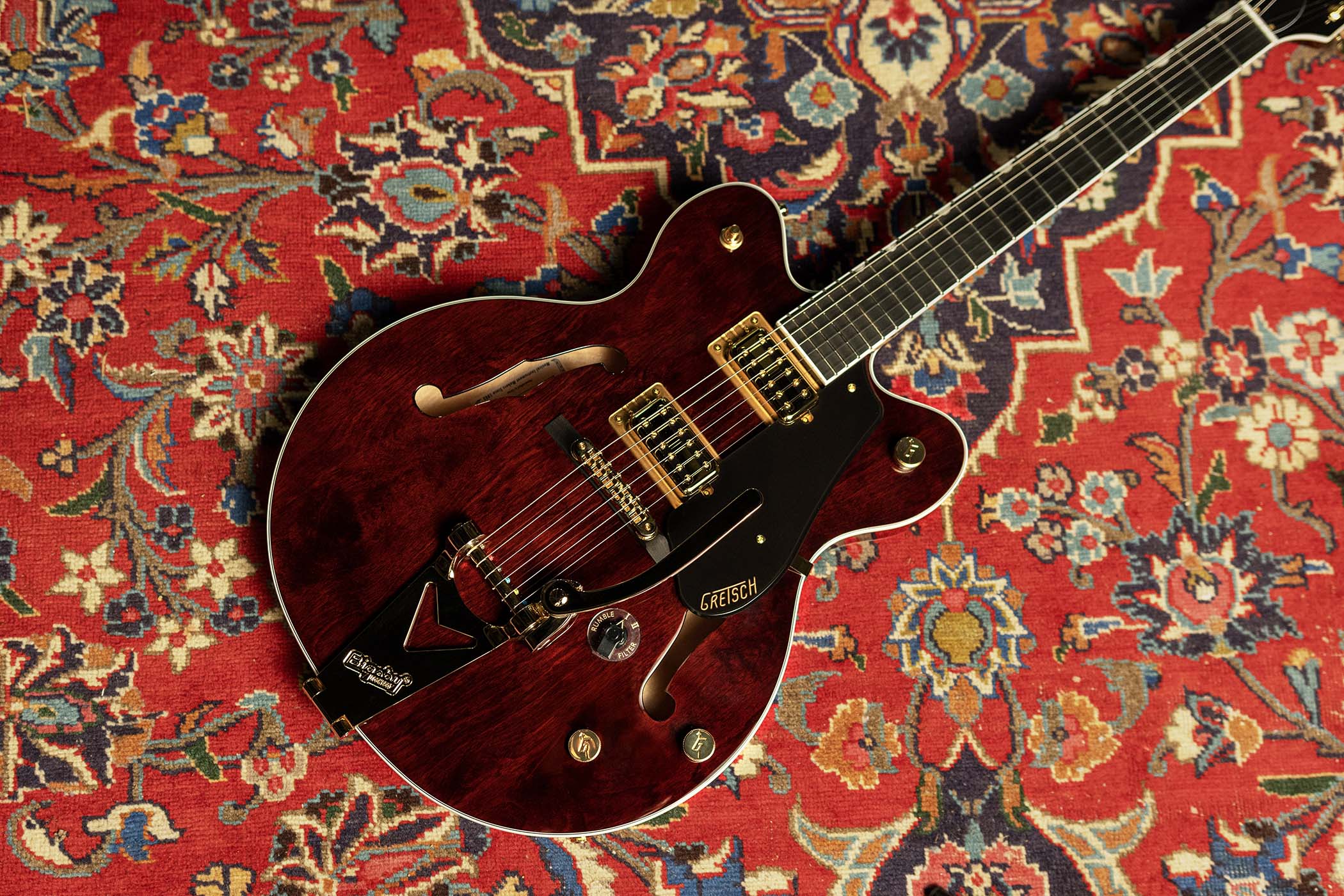
The filter circuit lets you dial those problem frequencies out. There’s one on each tone control, serving each pickup individually. Pull up on the pot, adjust to taste. The three-way pickup selector sits on the upper cutaway, the master volume on the lower.

It is an all maple build, with the body measuring 2.25” deep, and parallel bracing under the hood. The neck is glued-in, a C profile, and topped with a 12” radius ebony fingerboard, inlaid with Neo-Classic thumbnails. Classy. And it’s all available now, priced £1,249/$1,579.

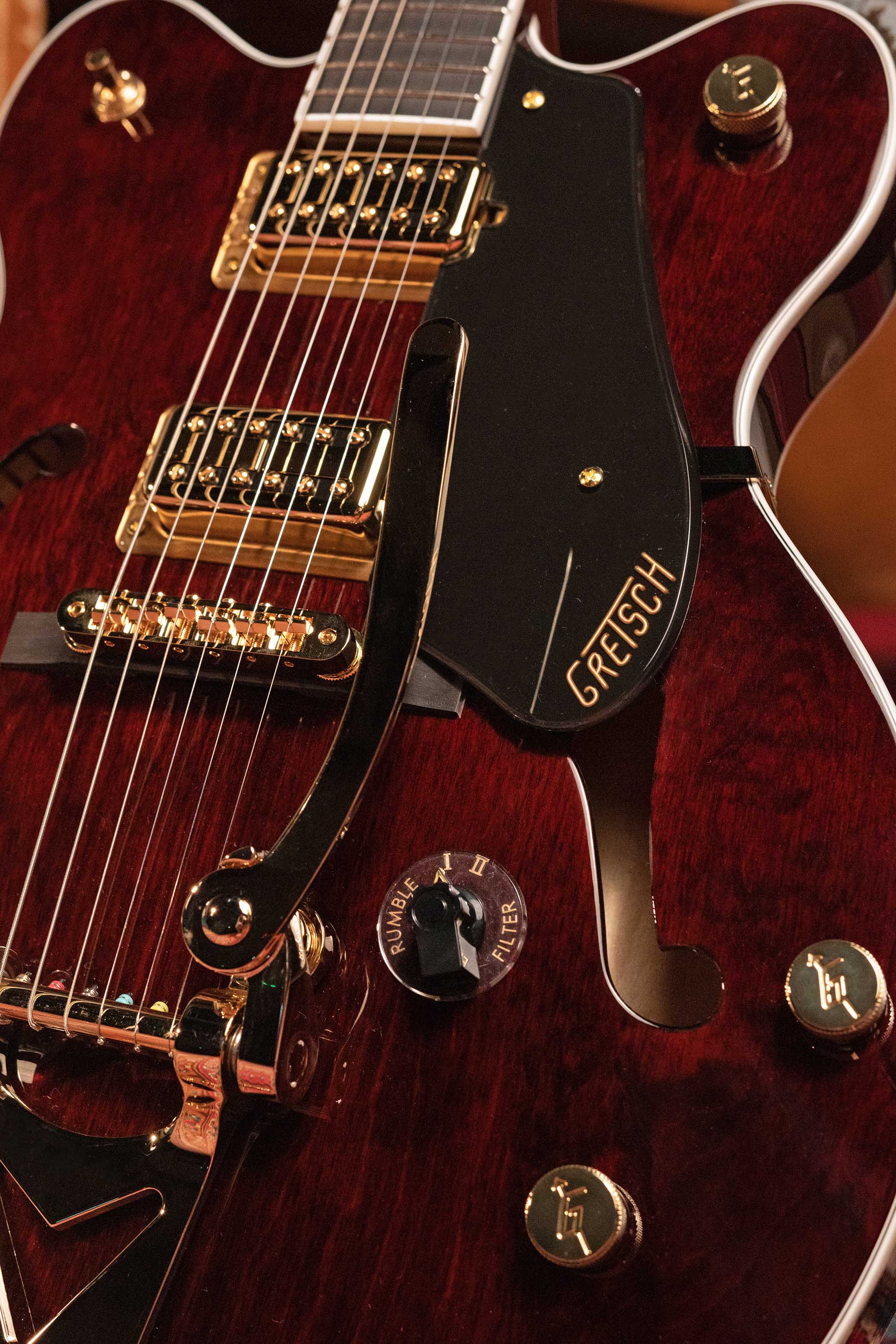
For more details, check out the making of documentary above, or head over to Gretsch.
Jonathan Horsley has been writing about guitars and guitar culture since 2005, playing them since 1990, and regularly contributes to MusicRadar, Total Guitar and Guitar World. He uses Jazz III nylon picks, 10s during the week, 9s at the weekend, and shamefully still struggles with rhythm figure one of Van Halen’s Panama.
You must confirm your public display name before commenting
Please logout and then login again, you will then be prompted to enter your display name.

